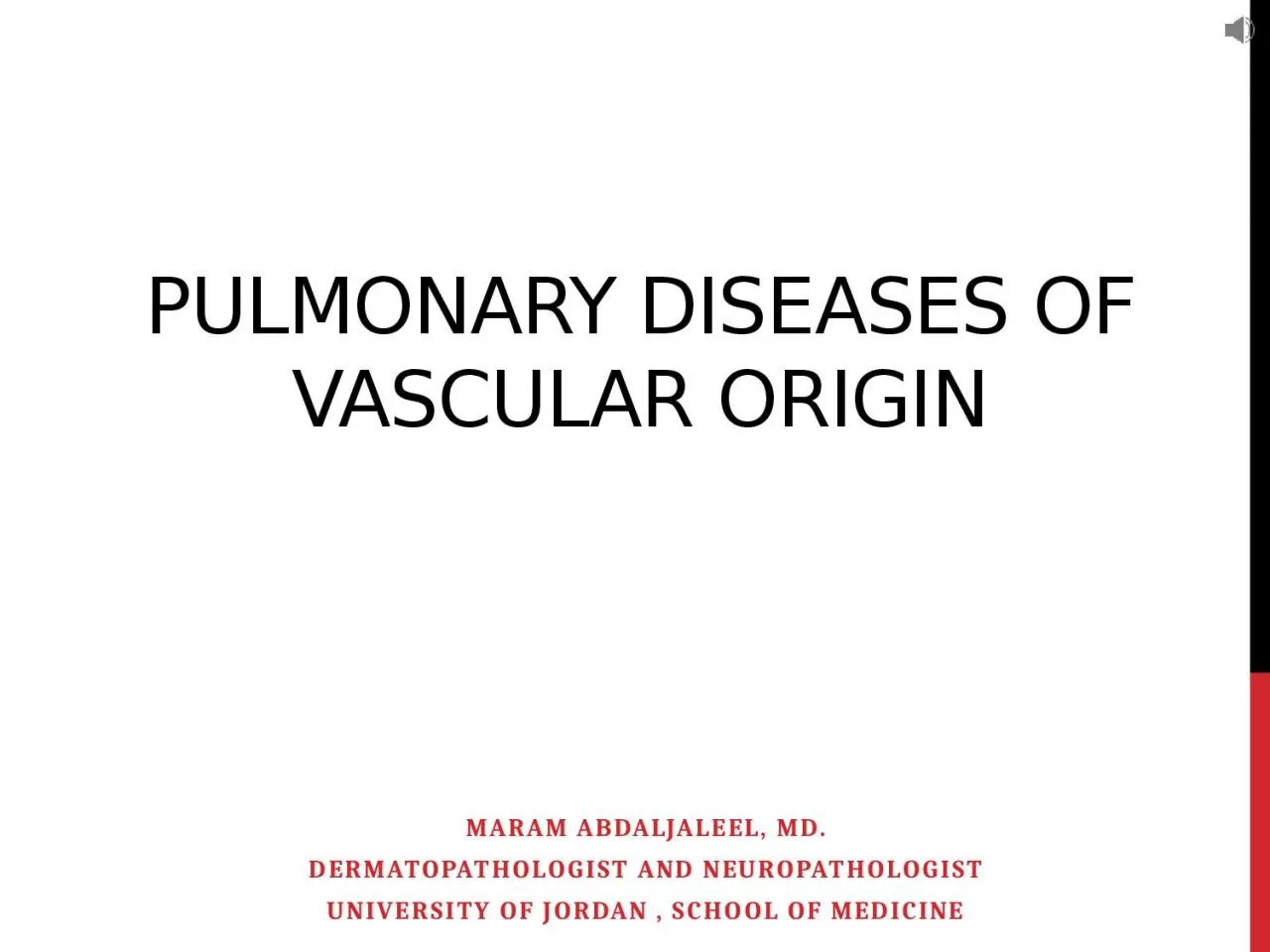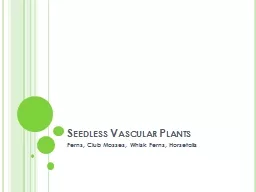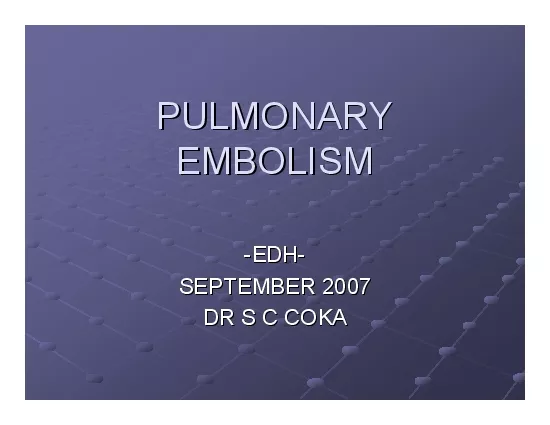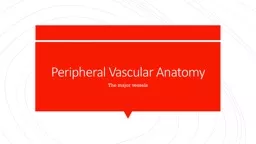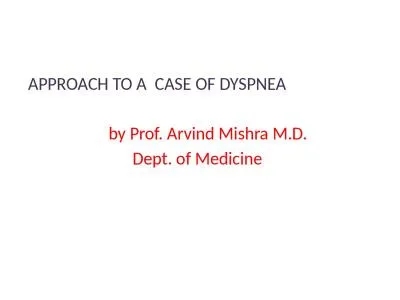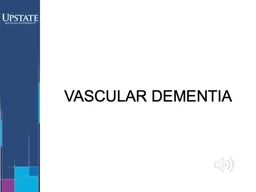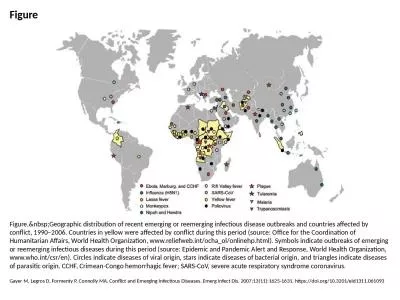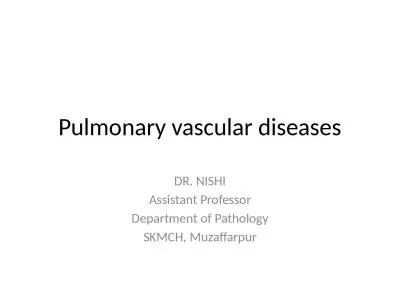PPT-Pulmonary diseases of vascular origin
Author : trinity | Published Date : 2024-03-13
MARAM ABDALJALEEL MD DERMATOPATHOLOGIST AND NEUROPATHOLOGIST University of Jordan school of medicine Pulmonary Embolism Hemorrhage and Infarction Pulmonary Hypertension
Presentation Embed Code
Download Presentation
Download Presentation The PPT/PDF document "Pulmonary diseases of vascular origin" is the property of its rightful owner. Permission is granted to download and print the materials on this website for personal, non-commercial use only, and to display it on your personal computer provided you do not modify the materials and that you retain all copyright notices contained in the materials. By downloading content from our website, you accept the terms of this agreement.
Pulmonary diseases of vascular origin: Transcript
Download Rules Of Document
"Pulmonary diseases of vascular origin"The content belongs to its owner. You may download and print it for personal use, without modification, and keep all copyright notices. By downloading, you agree to these terms.
Related Documents

